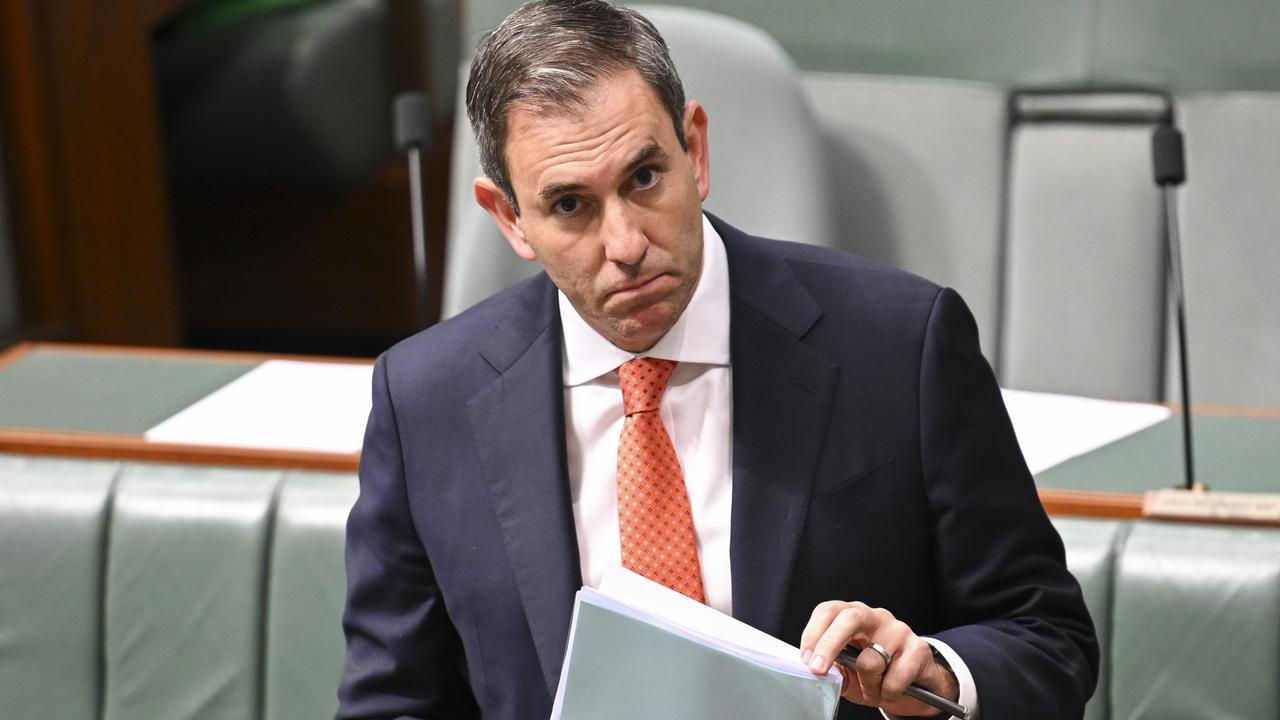China’s ongoing malaise key to Aussie dollar’s recent decline

The Australian dollar has started to garner some attention of late, having spent most of August hovering around the US65c level. In recent days, the currency has slipped further and is trading at its lowest level since October 2022, when it briefly touched US62c.
What is driving this weakness? We think there are probably a couple of key influences on the Aussie at present. The first is recent developments in China. In the past few months, Chinese economic data have been much weaker than economists’ forecasts. The post-Covid recovery in China’s economy has petered out more quickly than anticipated, the economy is experiencing a bout of deflation and the youth unemployment rate has risen sharply. But perhaps the biggest worry of late has been the resurgence of weakness in China’s property sector. Broadly, this sector accounts for about 30 per cent of GDP in China, and so a slowing in the growth here will be a meaningful headwind. Add to this the structural headwinds from demographics and high debt levels across the economy, and it becomes clear why both the short and longer-term outlook for China has become less positive.
The $A/$US is often quite responsive to changes in perceptions around China’s outlook, in large part because of the positive correlation between Chinese economic growth and commodity prices, and ultimately, the positive correlation between commodity prices and the Australian dollar. So in some respects, the recent weakness in the Australian dollar likely reflects a shift in investors’ expectations both for China and commodity prices.
The second factor acting as a headwind to the $A/$US at present is the level of short-term real interest rates in Australia, relative to those in the US. Currency pairs are simply relative prices, and so tend to move in sympathy with changes in the interest rate differential between two countries. When we adjust overnight cash rates for the current level of core inflation in each country, we see that Australia’s real cash rate is -1.8 per cent, well below that of the US (currently +1.2 per cent). This large 300bp interest rate differential will influence the flow of short-term capital away from the Aussie and towards the US dollar. And when we look at how this spread might evolve in coming quarters, the direction of travel suggests that interest rate spreads are likely to continue to be a headwind for the $A/$US. Finally, investor positioning can also impact the short-term performance of currencies.
When investors have a reasonable “long” position in a currency, they expect the currency to appreciate. But if the news flow on factors relevant to the currency turns negative, then many investors will capitulate on their long position. It is likely that this dynamic helps to explain some of the recent weakness in the Aussie.
Data suggested that investors had been buyers on net of the Australian dollar of late, and headlines on China’s weak economy have probably forced some reduction in or capitulation of these positions. All else equal, these investor flows will push $A/$US lower.
The silver lining for investors is that a weaker currency gives investors attractive levels to hedge any US dollar-denominated assets. For most Australians, these assets tend to be some direct or indirect exposure to US equity markets. The reason for hedging these exposures when $A/$US is low is to potentially minimise the negative impact on the returns of US dollar assets as $A/$US appreciates. And the best opportunities to take out these hedges usually arise when the currency is approaching the lower end of its medium-term trading range.
Over the last quarter of a century, the $A/$US has traded in a wide range, with a low of US48c in 2001 and a high of US110c in 2011. These aren’t really the most sensible representations of the trading range for $A/$US, as they represent quite circumstance-specific (and extreme) levels. Indeed, when we look at where the currency has spent the majority of its time, we find that it over the last 25 years, it has spent about two-thirds of the time between US60c and US90c. And if we take out the period 2011-2012 from our analysis, when the commodity boom was in full swing and $A/$US was trading above parity, then the data tell us that the currency spends almost 75 per cent of its time between US60c and US90c. In summary, the US60c and US90c range is a useful guide for thinking about when US dollar exposures should be 100 per cent currency-hedged or not hedged at all.
Of course, like any form of insurance, hedging is not costless. So when thinking about this strategy, investors need to tally up the cost of hedging US dollar exposures against the potential losses that a stronger $A/$US will impart on the value of US dollar assets in the portfolio. Among other things, this calculation will depend on the structure and duration of the currency hedge, the extent to which the investor thinks the Australian dollar will appreciate against the currency and of course the investor’s outlook on the likely performance of the US dollar assets within the portfolio.
Sally Auld is the chief investment officer with JBWere


